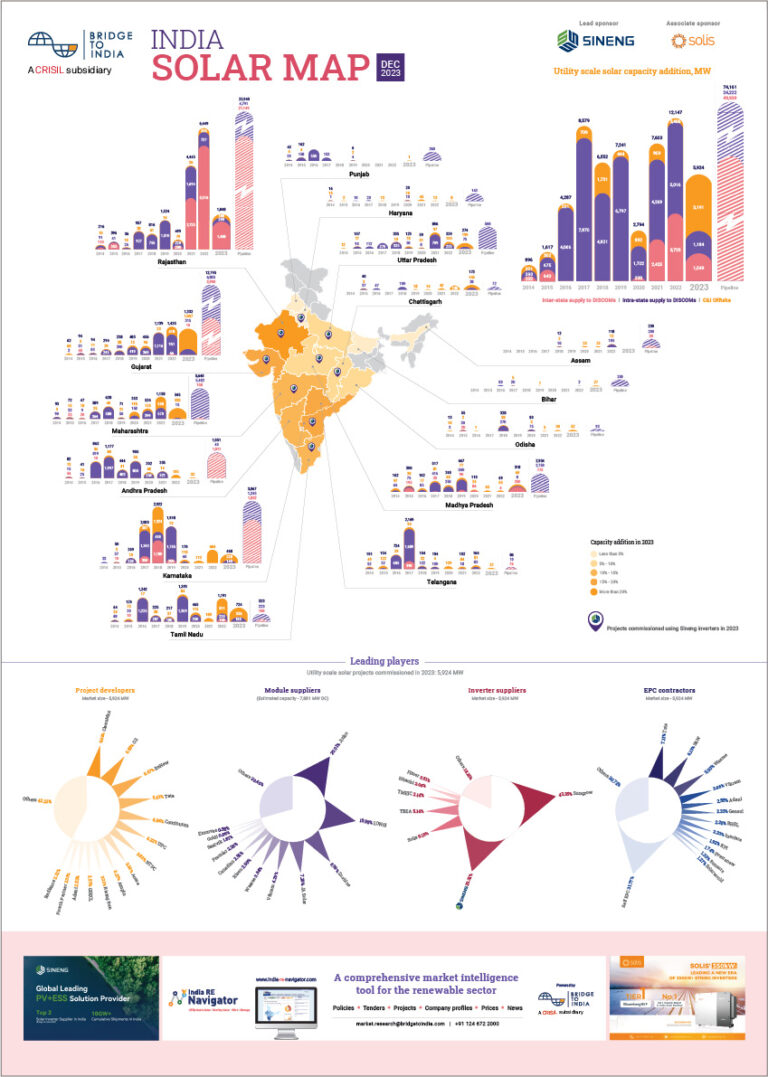Something unique happened in the Renewable Energy Certificate (REC) market last month. Prices of solar RECs moved above the specified floor (INR 1,000/ MWh) for the first time ever and touched INR 1,750/ MWh. Non-solar RECs also traded above the floor level at INR 1,500/ MWh. The price jump came even as trading volumes continued to stay low.

The reason for price rise is that the REC supply has not kept up with demand. Total RE capacity registered for RECs was only 3,948 MW as on 31 March, 2018, just 5.3% of total operational RE capacity. The number of RECs issued fell to 6.2 million in 2018 from 8.2 million in 2015. One of the most popular mechanisms for projects to generate RECs has been to sell ‘brown’ power to DISCOMs at APPC (average pooled purchase cost). Even today, about 42% of total capacity registered under REC mechanism is supplying power to DISCOMs at APPC. But with power prices falling steadily for both RE and conventional sources and supply exceeding demand, the DISCOMs are no longer keen to buy uncontracted ‘brown’ RE power. The affected projects are therefore increasingly forced to sell ‘green’ power to C&I consumers under open access route and forego RECs.

In contrast to diminishing supply, REC demand has been looking up. A disproportionate 40% of demand is coming from private sector entities – captive power producers and open access consumers – keen to fulfil their compliance requirements. Compliance by DISCOMs is still patchy with many state regulators treating them softly because of their perilous financial position. But MNRE’s RPO monitoring cell seems to be gaining traction and should help push demand further.
As a result of the demand-supply mismatch, REC inventory accumulated because of poor compliance in the early years is nearly exhausted. Unsold stock of solar and non-solar RECs has fallen to 0.5 million and 1.7 million from 4.4 million and 13.2 million respectively in the last two years.
Notwithstanding the short supply of RECs, it is clear that this market has lost its relevance as a tool to support RE growth. With cost of RE power falling to below INR 3.00/ kWh, the DISCOMs are reluctant to buy RECs as evident from low trading volumes in the last three months. The solution lies in making RE accessible to resource deficit states in north and east India. We believe that a new mechanism is therefore needed to replace RECs. Enabling RE power trading on the exchanges and facilitating ‘contracts for difference’ style structures may be one potential solution.












